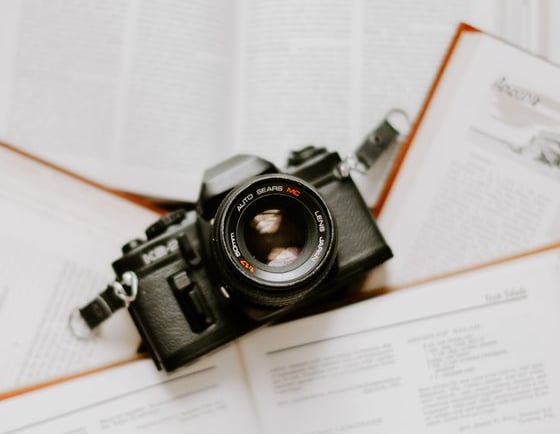Mastering Manual Mode: Capture Colorado Landscapes Like a Pro
Explore the Rockies, shoot with purpose, and elevate your photography.
Lucas Simpson
6/22/20252 min read


If you’ve ever stood in front of a jaw-dropping Colorado vista—snow-dusted peaks, glowing aspens, or waterfalls tumbling down alpine cliffs—and felt frustrated by a photo that didn’t do it justice, this post is for you.
At Colorado Photography Tours, we teach photographers how to take full control of their cameras using Manual Mode—the key to capturing the landscapes you came here for.
Why Manual Mode Is a Must for Landscape Photography
Shooting in auto mode is convenient—but it’s also limiting. In a place like Colorado, where light shifts rapidly and depth is everything, Manual Mode gives you creative control. Here's why it's essential:
Consistent results, even in changing light — from blue-hour at Bear Lake to golden hour in Garden of the Gods.
Total creative freedom — control focus, motion, and mood with each dial.
Sharpen your skills fast — understanding Manual Mode builds real confidence behind the camera.
The Exposure Triangle: Know It, Master It
At the core of Manual Mode lies the exposure triangle—three settings that work together to control light:
1. Aperture (f-stop)
Controls depth of field.
For landscapes, aim for f/8–f/16 to keep foreground and background sharp.
Want tack-sharp aspen forests and crisp mountain ranges in one frame? Aperture is key.
2. Shutter Speed
Determines how long your camera’s sensor is exposed.
Use fast speeds (1/250s) to freeze motion—like bighorn sheep on the move.
Use long exposures (1–10s) with a tripod to smooth waterfalls or streak clouds over Pikes Peak.
3. ISO
Adjusts your camera's sensitivity to light.
Keep ISO at 100–200 for clean, noise-free images.
Raise ISO only in low light (sunset hikes or twilight views over the Continental Divide).
Step-by-Step: How to Shoot Manual on Your Colorado Photo Adventure
Want a rock-solid image from your next hike, tour, or scenic overlook? Follow these steps on your next shoot in Rocky Mountain National Park or the Great Sand Dunes:
Mount Your Camera on a Tripod
Slow shutter = steady gear. Don’t skip this.Set Aperture First
Start with f/11 for maximum sharpness across the scene.Set ISO to 100
Unless you’re losing light fast, keep ISO low for best image quality.Adjust Shutter Speed Last
Meter your scene, then dial in shutter speed until the light meter reads “0.” Adjust creatively from there.Manually Focus
Use Live View, zoom in, and focus about 1/3 into the frame for sharpness front to back. This is called hyperfocal focusing.Compose & Level
Use grid lines. Keep that horizon straight. Let nature do the rest.Review & Refine
Use your histogram, not just your eyes. Don’t blow out the snow or crush the shadows in the forest.
Advanced Tips from Our Colorado Photography Tours
Use a Neutral Density Filter to shoot slow shutter speeds even in midday sun.
Bracket your exposures in high-contrast scenes—great for HDR processing later.
Set a custom white balance or use “Shade” to warm up golden light at elevation.
Know your gear’s sweet spot — many lenses are sharpest around f/8 to f/11.
Learn This on the Trail with Us
Whether you're photographing the Maroon Bells at sunrise, the Great Sand Dunes under starlight, or wildlife near Mount Evans, Manual Mode unlocks the power to capture the scene exactly as you see it.
Join one of our guided Colorado photography tours, where we teach these skills hands-on in the field. You’ll leave not only with incredible shots—but with the ability to create them anywhere.
Book your spot today! The mountains are calling.
Explore
Capture Colorado's beauty while enhancing your skills.
Nature
Photography
© 2025. All rights reserved.
